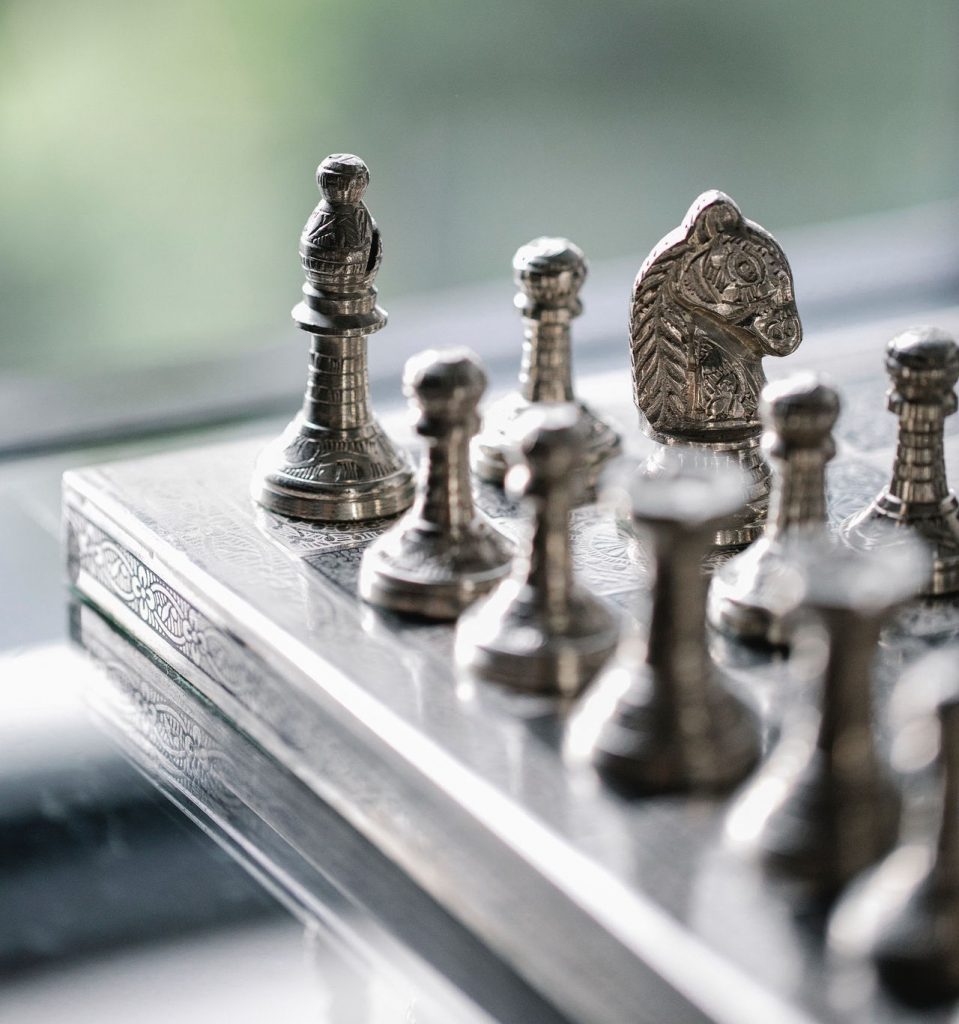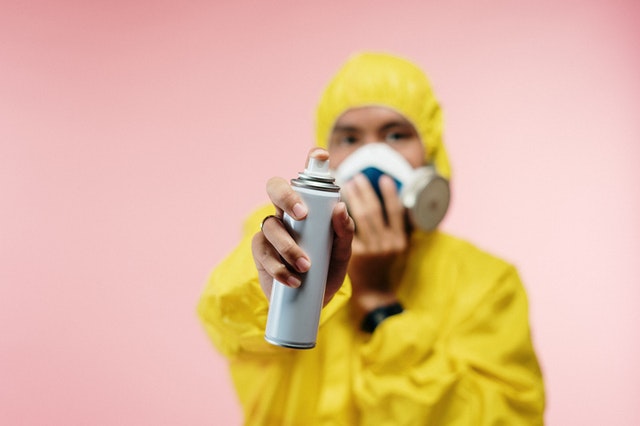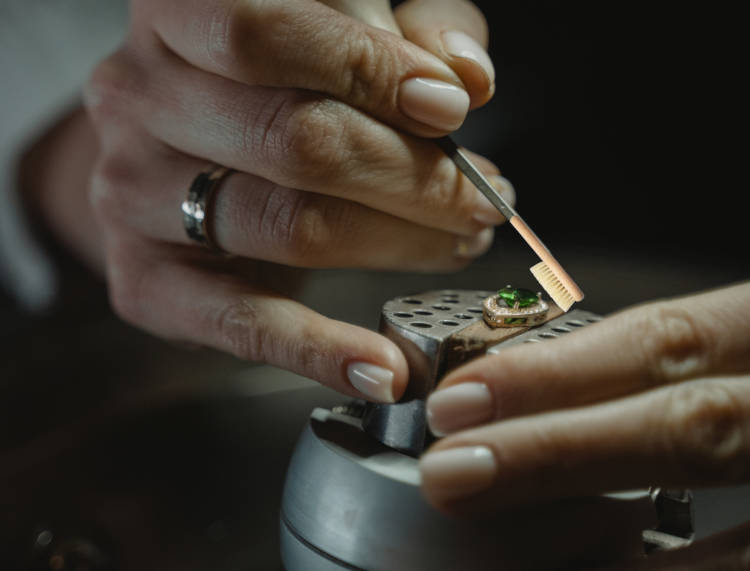Jewelries are decorative accessory pieces used for personal embellishment. They include earrings, necklaces, hairpins, buckles, brooches, pendants, bracelets, rings, nose rings, amulets, devotional medals, anklet, wrist watches, waist beads, neck chains, toe rings, studs, lip plates, grills (worn over the teeth), belts, and even genital jewelries. They are made from materials like beads, gemstones (diamonds, opal, turquoise, chrysoberyl, jade, spinel, topaz, ruby, jasper, sapphire, emerald, amber, aquamarine, tourmaline, zircon, feldspar, garnet, lazurite, amethyst, ametrine, coral, amber and citrine), glass, natural clay, wood, bone, ivory, enamel, shells and precious metals like gold, platinum and silver. Jewelries are made through carving, cutting, welding, soldering, casting, cold-joining, forging, beading and other means. So how should I clean my jewelry? Read the guide below.
Care of Jewelries
Jewelries are personal belonging which are in many cases very expensive and should be treated as such. To prevent loss of value, jewelry pieces are to be cared for. Basically, jewelries are to be cared for in the areas of usage, exposure, storage and cleaning.
JEWELRY USAGE:
Jewelries are delicate items; they should not be worn all the time except necessary e.g. engagement ring. Jewelries should not be used for sleeping, sports, bathing, gardening and other house chores, swimming and cloth shopping. They should be worn last and put off first -they should be worn after using perfumes, body lotions and hair sprays.
JEWELRY EXPOSURE:
Jewelries are to be kept away from light and heat as they affect their durability and color. Excessive light and heat fades amethyst and topaz, bleaches Pearl and ivory, cracks and discolors pearls and opals, and darkens amber. Excess heat can also cause fracture in some gems.
Also, jewelries are to be kept away from chemicals (even lotions, perfume, hairspray, cosmetics) and chemically treated surface like wood; it damages metallic jewelries, pearls and porous gems like turquoise.
JEWELRY STORAGE:
The following should be considered when storing jewelries:
- Keep metallic jewelries in air-free zip lock bags.
- Lay pearls flat to prevent the threads they are beaded with from stretching.
- Silver jewelries should be stored with dehumidifiers and silica packs. Chalk may be preferred for economic reasons
- Store jewelries in separate jewelry boxes as one may scratch another.
- Store silver and platinum jewelries in tarnish resistant jewelry patches
- Necklace and earrings may be placed on jewelry trees when not in use
- Opals and pearls shouldn’t be stored in very dry areas as they naturally draw moisture from air.
- Use buttons to hold small earrings in place to avoid losing them.
JEWELRY CLEANING:
How often you clean your jewelry piece depends on
- The type of jewelry
- The frequency of use; and
- Instruction from jeweler
Methods of cleaning jewelries differ from piece to piece, depending on the fragility of the piece and the material from which it was made. It is very important to learn about what they are made of before attempting to clean them. For instance, jewelry pieces made from soft gemstones and those made from hard gemstones are not cleaned the same way. Below is how you can clean different jewelry pieces depending on the type.
HOW TO CLEAN GEMSTONE JEWELRIES
Taking your gemstone jewelries especially highly prices ones like diamonds, emeralds, ruby, sapphire etc., to a jeweler once every 6 months for proper cleanup is advised but before then, the following cleaning techniques can be used once or twice weekly to maintain their sparkling luster.
- For hard gemstones like diamond, jade, ruby, alexandrite, Amethyst, aquamarine, citrine, cubic zirconia, sapphire, and spinel, soak in a bowl of warm water added with a few drops of mild dishwashing soap for 20-30 minutes. Brush gently with a soft toothbrush then pat with a soft cloth to dry. Hard gemstones can also be cleaned with ultrasonic cleaners but maximum care should be taken.
- For colored gems and soft gemstones like pearls, wet a soft rag with warm water and shampoo and carefully wipe the gem with it, rinse and pat gently to dry. Remove residual dirt with a soft make-up brush or a sharpened toothpick if the dirt exists in crevices. Always clean pearls after use if they are worn in direct contact with you skin.
- For antique gemstone pieces, do not aim for ultra-cleanliness as they may be damaged in the process, just dust with a piece of cloth.

HOW TO CLEAN METALLIC JEWELRY
- For plain gold jewelry use beer. Apply the beer on a soft cloth and rub it on your gold jewelry. Do not use this for gold pieces with gemstones. Another method is submerging in hot water for some minutes.
- To wash silver jewelries or golden jewelries with gemstones, add few drops of dishwashing liquid to lukewarm water. Soak jewelry in mixture for 20-30 minutes. Gently scrub with a soft toothbrush. Rinse in warm water then dry with a soft cloth.
HOW TO CLEAN BEADS
There are various kinds of beads and different methods are employed in cleaning each kind. Like many other jewelries there are cleaning instructions from the manufacturer but in case of absence of one, the following should be noted:
- Beads on clothes that are made with plastics can be washed in a washing machine on low spin using mild detergents.
- Loose-glass beads can be washed in a bowl of warm water and mild dishwashing liquid. A soft toothbrush can be used if their texture is rough. Rinse with water and dry with towel.
- For beads strung with thread, wash in a bowl warm water and mild dishwashing liquid, then rinse in water and dry with a towel. Lay flat to dry so the thread doesn’t stretch.
- Vintage beads can be wiped with a cloth dipped in a 20-25% vinegar solution then air dried.
- Glass beads can be cleaned with a glass cleaner by spraying the cleaner sparingly on a clean cloth and then applying it to the bead. Wipe and allow air-dry.
HOW TO CLEAN WOODEN JEWELRY
- Clean dusts or grease on wooden jewelry with wool cloth
- Polish at least once a month with natural beeswax using a wood polishing cloth

Don’ts of jewelry cleaning
- Do not leave your jewelries wet after cleaning.
- Do not use alcohol based solutions unless instructed by your jeweler.
- Do not clean metallic jewelries with abrasive cleaners like toothpaste and baking soda.
- Do not use ultrasonic cleaners for organic gems (e.g. amber, ivory, coral, pearls), heat treated gems, gems coated with non-permanent substances and gems susceptible to heat (e.g. opal, topaz, lapis lazuli, feldspar, turquoise etc.).
- Do not submerge jewelries with glued-in gemstones in water.
- Do not clean gemstones with chlorine, bleach, denatured alcohol, turpentine, acetone or ammonia; they can cause pitting or softening of the gemstones
In conclusion, the easiest cleaning methods are usually the safest. Do not use methods you are not sure of. Seek professional help when necessary (e.g. when you lose gems in some piece, gems have deep scratches and unreachable dirt). Do these and you wouldn’t lose your priced jewelry.

